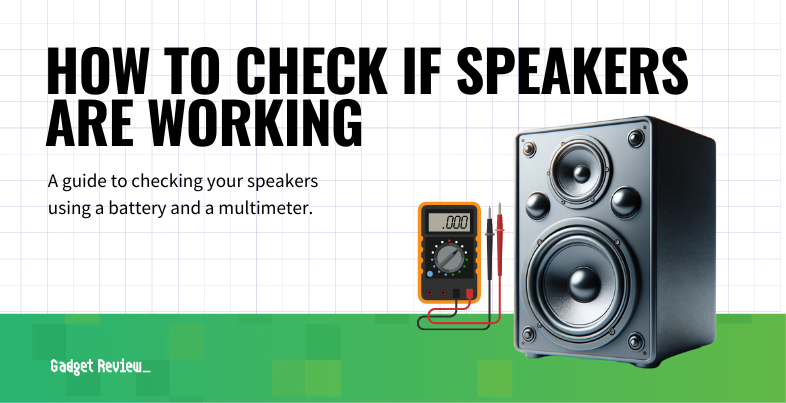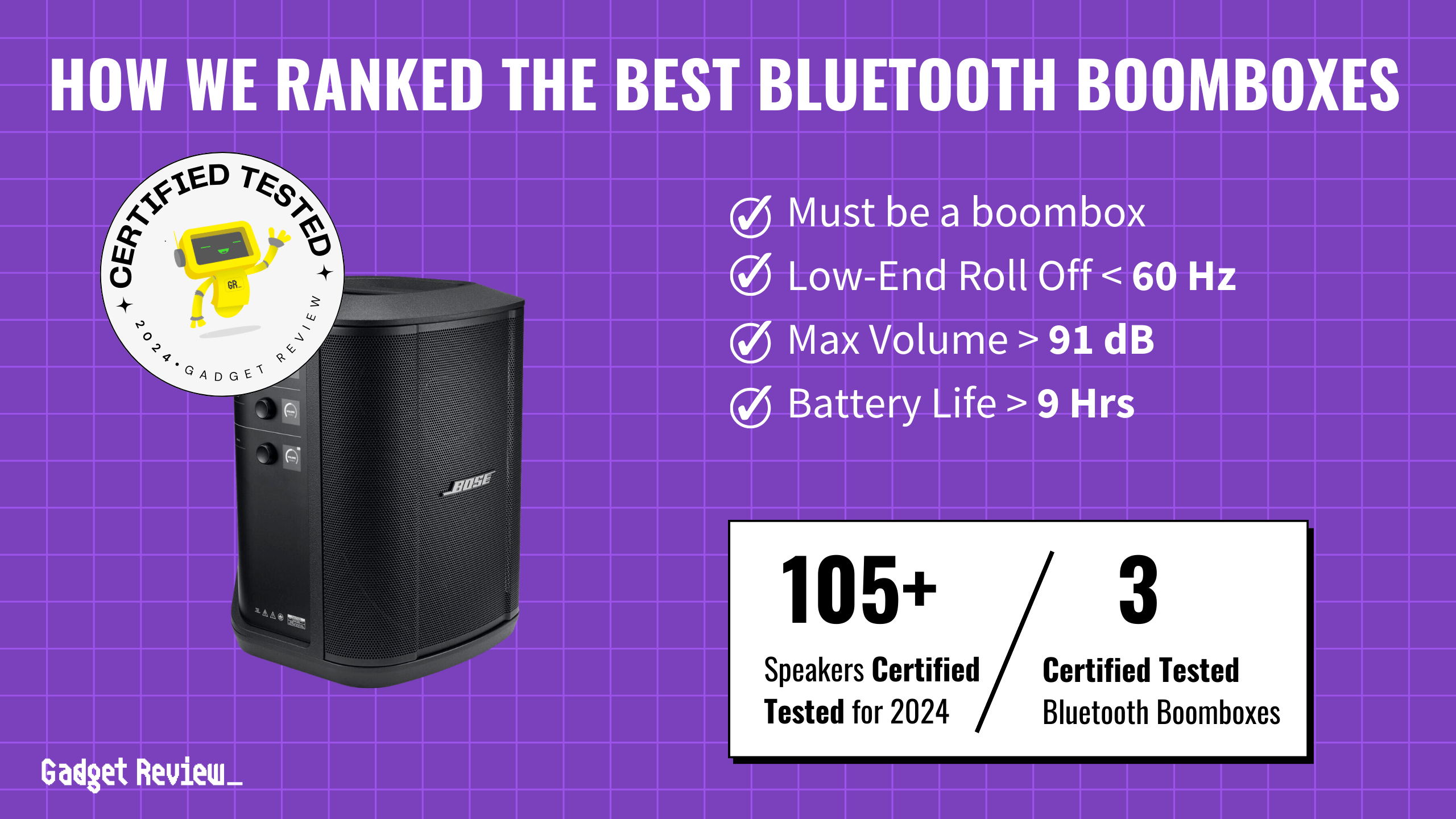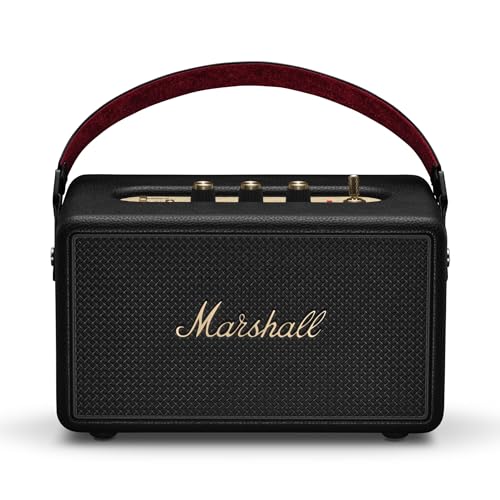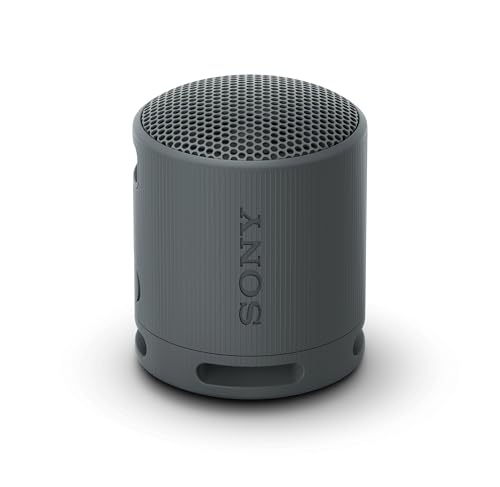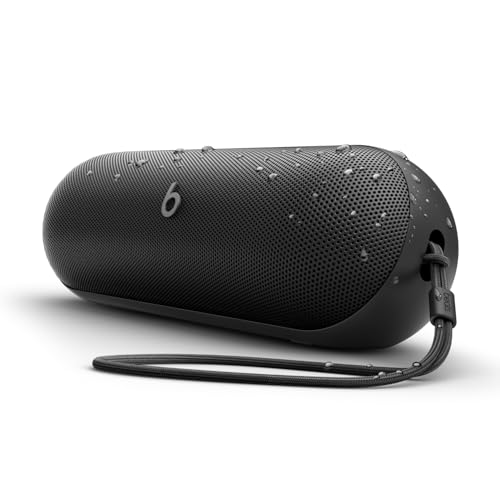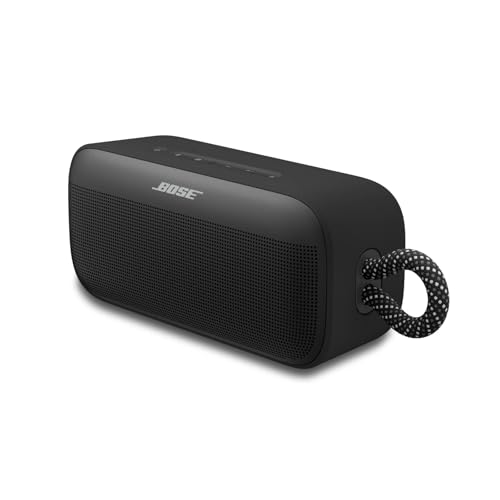When your favorite tunes start sounding off, or worse, go silent, it’s time to play detective with your speakers. Whether it’s a subtle lack of clarity in the frequencies or a complete absence of sound, diagnosing speaker issues doesn’t have to be a chore. This guide will walk you through the essential steps to check if your speakers are working, ensuring your device delivers the quality sound you love. To ensure you’re getting the most out of your audio experience, it’s crucial to know how to maintain and troubleshoot even the best speakers, as they too can encounter issues over time.
Key Takeaways_
- You can test your external speaker wires with an AA, AAA, or 9-volt battery.
- Connect each speaker cable to the positive battery terminal, and use tape to mark what you’ve already tested.
- If your speaker doesn’t deliver a frequency response, your wire or driver is broken.
Guide to Testing Your Speakers
To start, let’s quickly go over how speakers work. Inside these marvels of acoustics, electrical signals are converted into the music and tones we hear.
From the low bass of a drum to the high pitch of a violin, speakers use a variety of components to cover the full spectrum of sound frequencies.
Understanding this can help you pinpoint where the issue might lie, whether it’s with the speaker diaphragm, the cables, or the internal electronics.
When considering Bluetooth vs WiFi speakers, it’s important to understand that Bluetooth speakers connect directly to your device, offering portability and ease of use, while WiFi speakers connect to your home network, allowing for higher audio quality and the ability to control speakers in different rooms.
Pre-Diagnostic Checklist
Before diving into more complex testing, perform these simple checks:
- Ensure all connections are secure, from the jacks on your device to the speaker terminals.
- For a wired speaker setup, it’s crucial to check that each cable is properly connected to its respective port.
- To connect Bluetooth speakers, put the speaker in pairing mode and select the speaker from your device’s Bluetooth settings.
- Verify the audio settings on your device. The wrong playback device or an accidentally muted setting can often be the culprit.
- Test with a different audio source or a pair of headphones to rule out issues with the original audio device.
STAT: According to a 2019 Pew Research survey, one-quarter of all US adults own a smart speaker. (source)
Visual and Physical Inspection
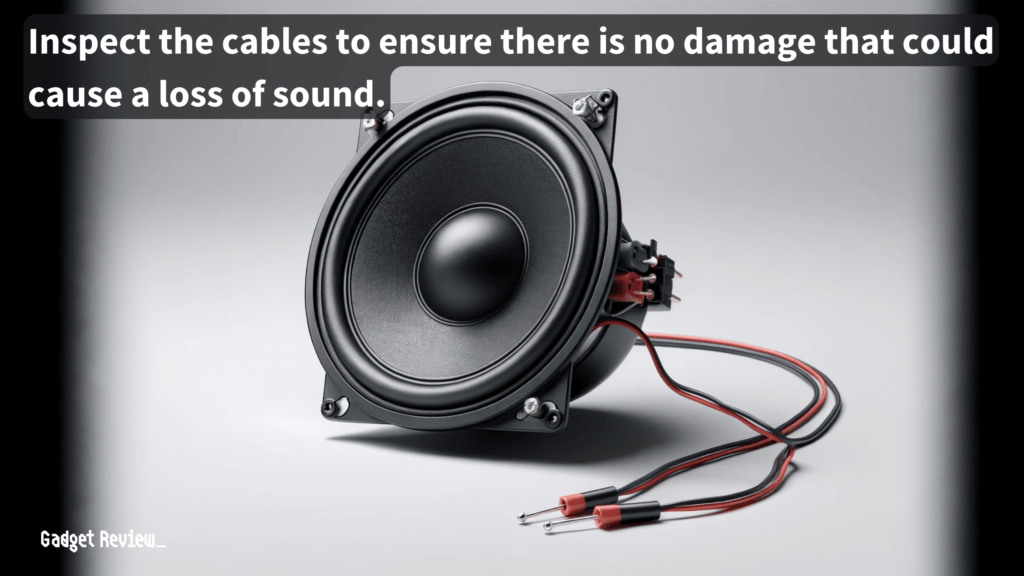
STEP 1 Examine the Exterior
Begin by carefully inspecting the speaker’s outer casing and grille for any physical damage, such as dents or tears, which could impact sound quality.
STEP 2 Check Speaker Wires
Look closely at the speaker wires, ensuring they are securely attached and free from fraying or cuts. Loose or damaged wires can lead to a bad connection, affecting the speaker’s performance.
STEP 3 Inspect Connections
Make sure all connections, including those at the back of the speaker and the connecting device (like an amplifier or receiver), are tight and correctly plugged in. Loose jacks can result in poor sound transmission.
STEP 4 Look for Corrosion
Check for any signs of corrosion on the speaker terminals and cable connectors, as this can interfere with the electrical signal needed to produce sound.
Using a Battery to Test Speakers
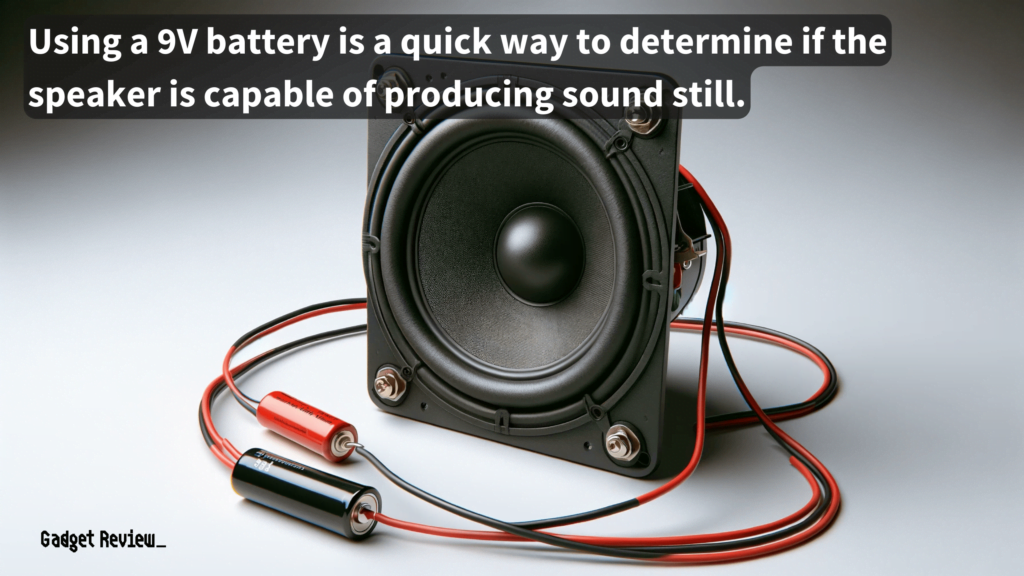
STEP 1 Gather Materials
You’ll need a common household battery, preferably a 9-volt, and a pair of speaker wires or a 9V battery adapter.
STEP 2 Prepare the Battery
Attach the speaker wires to the battery terminals, ensuring a good connection. If using a 9V battery adapter, connect it directly to the battery.
STEP 3 Connect to Speaker Terminals
Touch the free ends of the wires to the corresponding positive and negative terminals on the speaker. Do this for a quick moment; prolonged contact can damage the speaker.
STEP 4 Listen for a Pop
A brief popping or crackling sound from the speaker indicates that the diaphragm is moving, and the speaker is capable of producing sound.
This simple battery test can quickly determine if the speaker has basic functionality as the popping sound is a positive sign for a music lover, indicating that the speaker is operational.
Testing Speakers with a Multimeter
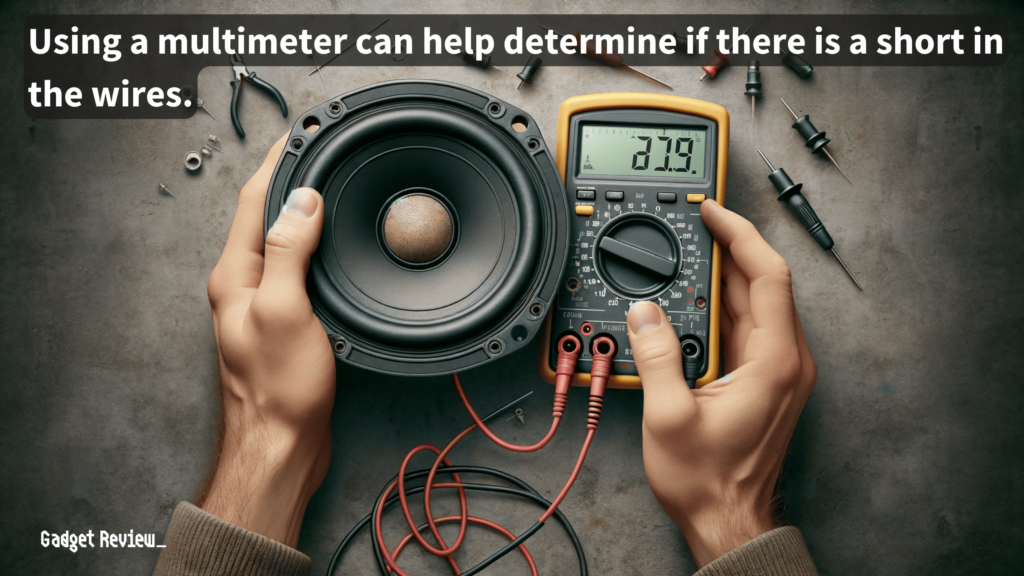
STEP 1 Set the Multimeter
Turn your multimeter, ensure it’s on the resistance (Ω) setting to accurately measure the speaker’s impedance.
STEP 2 Test the Wires
Touch the multimeter probes to each end of the speaker wire. For speakers directly connected to an audio source, you may need to disconnect the wires from the source to test them properly.
STEP 3 Check the Resistance
A resistance reading of more than 0 is a good sign that the wires are fine. If the value on the screen reads 0, the wires are not in good shape and will need to be replaced.
Testing Speaker Wires and Connections
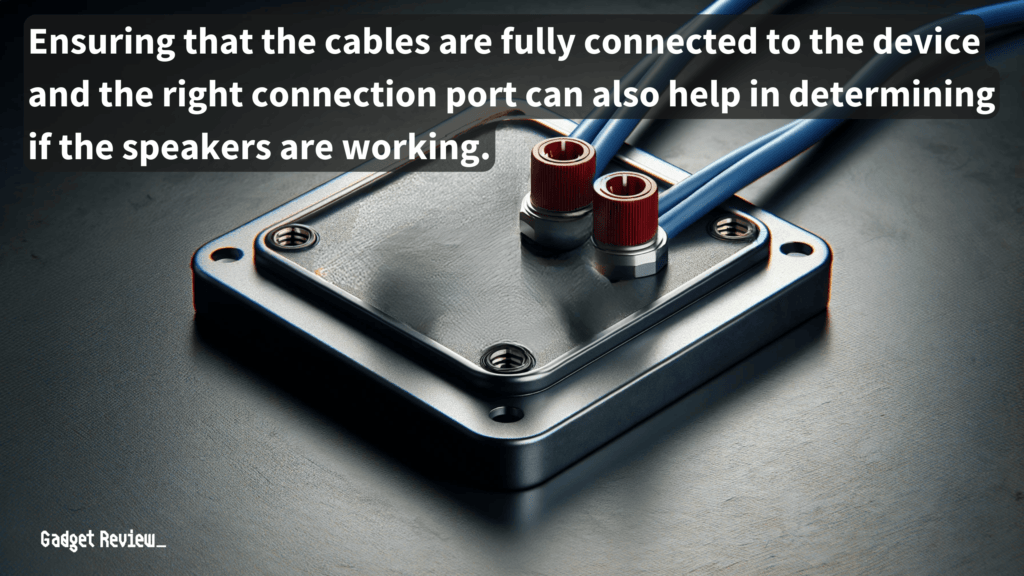
STEP 1 Inspect the Cables
Start by visually inspecting the speaker cables for any signs of wear or damage. Look for kinks, breaks, or exposed wiring that could indicate a defective wire.
STEP 2 Check the Connections
Ensure that the speaker cables are firmly connected to both the speaker inputs and the audio output devices. This includes checking the tightness of binding posts or the correct insertion of jacks into ports of input devices.
STEP 3 Verify Correct Placement
Confirm that the speaker wires are connected to the correct terminals, matching positive to positive (+ to +) and negative to negative (- to -). Incorrect wiring can lead to phase issues, affecting sound quality.
When setting up surround sound, it’s crucial to make all speakers work harmoniously; ensure each speaker is correctly connected to its designated channel on the receiver to achieve a cohesive sound environment.
STEP 4 Test with Alternate Cables
If possible, replace the existing speaker cables with a known working set to determine if the issue lies with the cables themselves.
Common Speaker Problems and Solutions
Common issues range from distorted sound quality, indicating defective speakers, to no sound at all, which could point to a faulty speaker or a deeper audio issue within the device.
Troubleshooting issues with speakers often involves checking the audio drivers on your device to ensure they are up to date.
Understanding these problems can guide you to the right solution, whether it’s a simple fix like adjusting the speaker volume slider or a more complex repair.
When comparing 4-way vs 2-way speakers, remember that 4-way speakers offer more specific frequency bands for improved sound detail, which might be beneficial for troubleshooting sound quality issues.
warning
You can damage your internal speaker components by listening to music with the volume slider at full power.
Regular maintenance can prevent many common speaker issues. Keep the speaker inputs clean and ensure the speaker cables are not stressed or overextended.
Proper care can extend the life of even the most decent speakers.
When to Seek Professional Help
If your troubleshooting efforts don’t resolve the issue, it might be time to consult with a professional. Persistent problems, especially those related to the speaker’s internal components, often require expert attention.
insider tip
You can locate a defective wire at home but don’t hesitate to contact a product repair professional for help with the fix.
Troubleshooting your speaker issues doesn’t have to be daunting. With this guide, you’re equipped to diagnose and address many common problems, ensuring your speakers continue to provide the soundtrack to your life with impeccable sound quality.
Whether it’s a minor issue with the speaker wires or a more significant problem requiring professional intervention, you now have the knowledge to take the next steps confidently.


